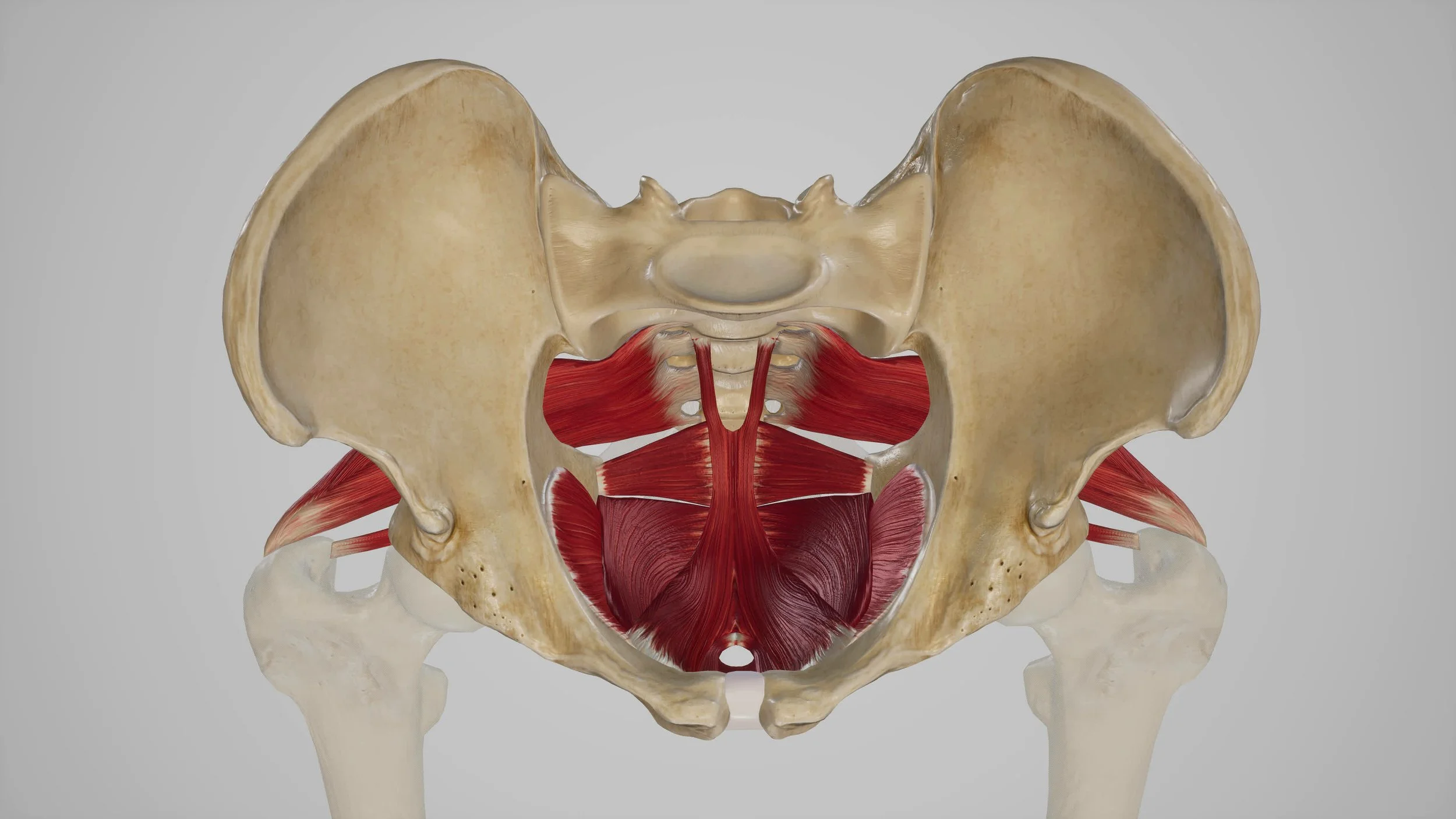The Rise of “Prehab”
Preparing Your Body for Pregnancy, Birth, or Menopause
Prehab, short for preventive rehabilitation, is a proactive approach to physical therapy that helps strengthen and prepare your body before major physical or hormonal changes like pregnancy, childbirth, or menopause.
Traditionally, physical therapy is something women turn to after an injury, birth, or the onset of menopausal symptoms.
But lately, you may have seen the term “prehab” gaining traction on TikTok and social media, and for good reason.
What if your body didn’t have to play catch up?
What if you could prepare it, intentionally and proactively, for the transitions ahead?
That’s the heart of prehab: strengthening, supporting, and educating your body before it’s tested by major physical or hormonal changes.
At Klein Physical Therapy, we’re encouraged to see women’s health care moving toward more proactive, well rounded, whole body treatment plans, an approach that’s been at the heart of our practice from the start.
Why Prehab Matters for Every Stage of Womanhood
Your body constantly adapts - to hormones, stress, activity, and life’s many seasons. Over time, those changes can create subtle imbalances in your posture, breathing, and pelvic alignment.
Our whole body approach looks beyond isolated symptoms to see how these systems work together. “Prehab” addresses those shifts early, helping you build strength, mobility, and awareness before discomfort or dysfunction appear.
Whether you’re planning for pregnancy, preparing for childbirth, or approaching menopause, prehab allows you to stay one step ahead, supporting your body proactively instead of waiting for pain to start.
Preparing for Pregnancy: How Prehab Helps You Prepare for Pregnancy
Just as athletes train before a marathon, your body benefits from intentional preparation before pregnancy.
Benefits of Prehab for Pregnancy:
Improve posture and core coordination
Release restrictions that may affect pelvic or uterine mobility
Support healthy breathing and abdominal pressure management
Build strength for carrying and delivering your baby
Think of it as training your muscles and nervous system for the physical and hormonal changes to come. When your foundation is strong, your pregnancy and postpartum recovery becomes more comfortable, confident, and resilient.
Prehab for Birth: Supporting the Body Through Change
During pregnancy, your body transforms daily. Your center of gravity shifts, ligaments loosen, and your pelvic floor carries increasing demand.
Prenatal pelvic physical therapy focuses on keeping your body balanced through these changes. At Klein PT, we use gentle manual techniques, targeted movement, and breath retraining to:
Reduce back, hip, and pelvic pain
Improve pelvic mobility for labor
Support optimal baby positioning
Promote easier recovery after delivery
Every pregnancy is unique, which is why we tailor each session to your specific body, lifestyle, and goals.
Preparing for birth isn’t just about the baby, it’s about your body’s ability to move, open, and recover with ease.
Preparing for Menopause: Strength, Stability, and Connection
Menopause marks another major transition in a woman’s life, one that deserves preparation, not reaction.
Physical therapy during perimenopause helps maintain pelvic muscle tone, bladder control, and joint mobility while supporting hormonal and bone health.
It’s about helping your body age with grace and strength so you can stay active and confident in every season of life.
Our whole body approach may include:
Visceral mobilization to improve circulation and organ mobility
Myofascial decompression to release tension and restore alignment
Tailored exercise programs to build strength and maintain muscle mass
You don’t have to wait for symptoms like leakage, prolapse, or pain to begin. Preventive care now can make the next chapter far more comfortable and empowering.
The Science of Prevention: Why Early Care Works
You don’t have to wait for pain to start to begin healing.
Research continues to show that when part of a comprehensive approach, early and targeted physical therapy may reduce long term pain, improve function, and enhance quality of life. (source) (source)
By supporting the way your body moves and restores itself before problems develop, preventative care may help prevent chronic issues, saving both time and emotional energy later.
At Klein Physical Therapy, our clinicians take a whole body approach to care, using evidence based techniques such as dry needling, joint mobilization, and guided exercise, all tailored to your unique needs, to help your body do what it’s designed to do.
The Klein PT Approach: Proactive, Personalized, and Empowering
No matter what stage of life you’re in, preparing for pregnancy, navigating birth, or approaching menopause, your body deserves care that helps you thrive, not just recover.
At Klein PT, we partner with you to create a plan that aligns with your goals, lifestyle, and stage of life.
Ready to Begin Your Journey?
You don’t have to wait until your body asks for help, give it the care and preparation it deserves now.
Schedule a consultation to learn how pelvic floor physical therapy can support your next stage of wellness.
FAQ: Prehab and Women’s Health
What is Physical Therapy Prehab?
Prehab, or preventive rehabilitation, is a proactive approach to physical therapy that helps strengthen and prepare your body before major life transitions like pregnancy, birth, or menopause.
When should I start Physical Therapy prehab?
You can begin prehab at any stage, before conception, during pregnancy, or throughout perimenopause or menopause. The goal is to prepare your body before symptoms arise.
Is prehab only for athletes or active women?
Not at all. Prehab is for every woman who wants to move comfortably, stay active, and feel confident in her body through each stage of life.





